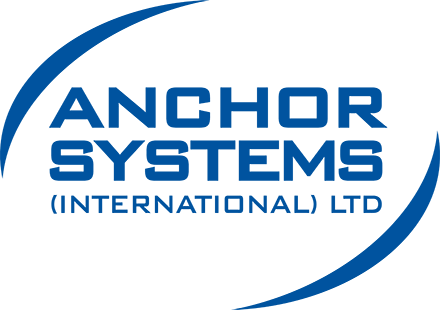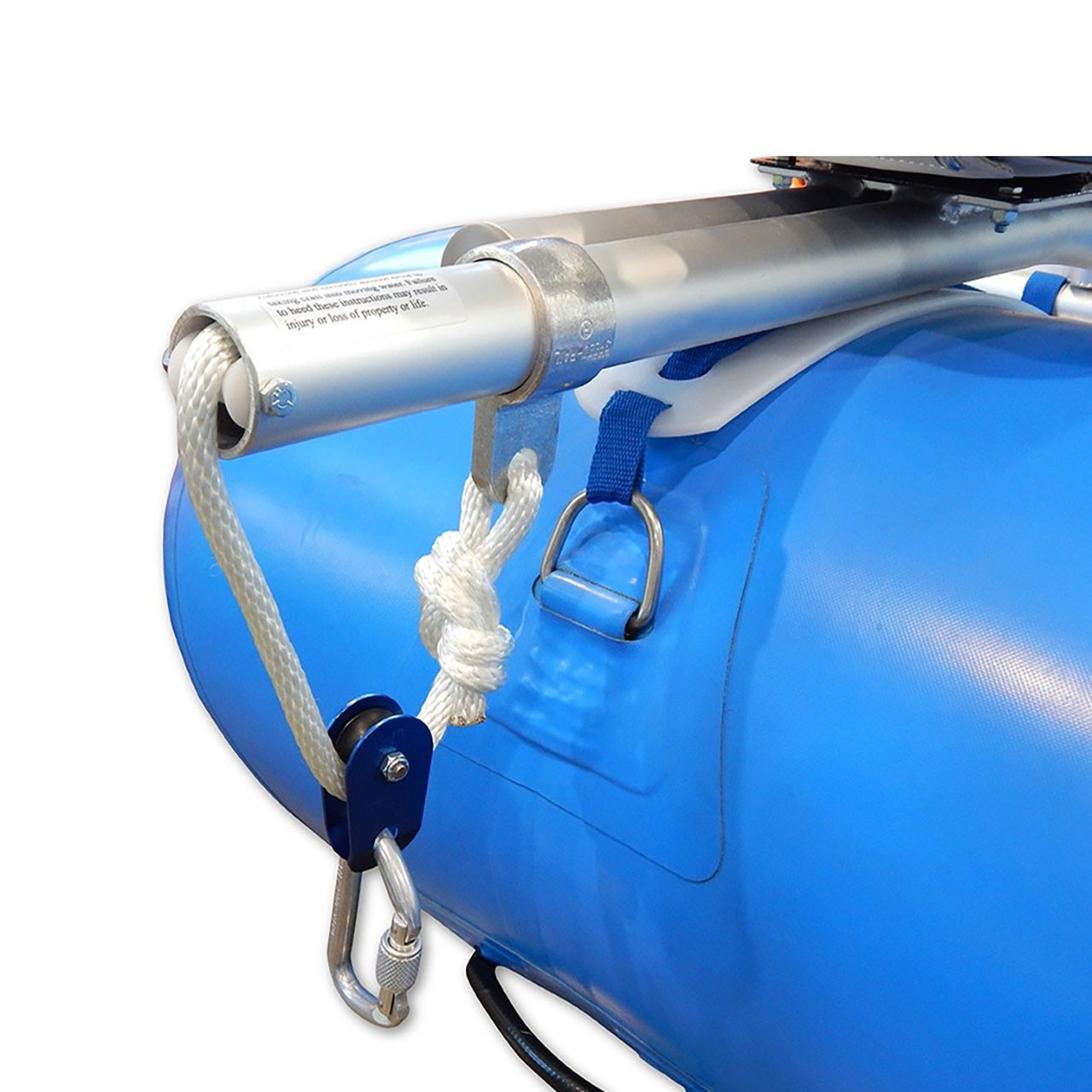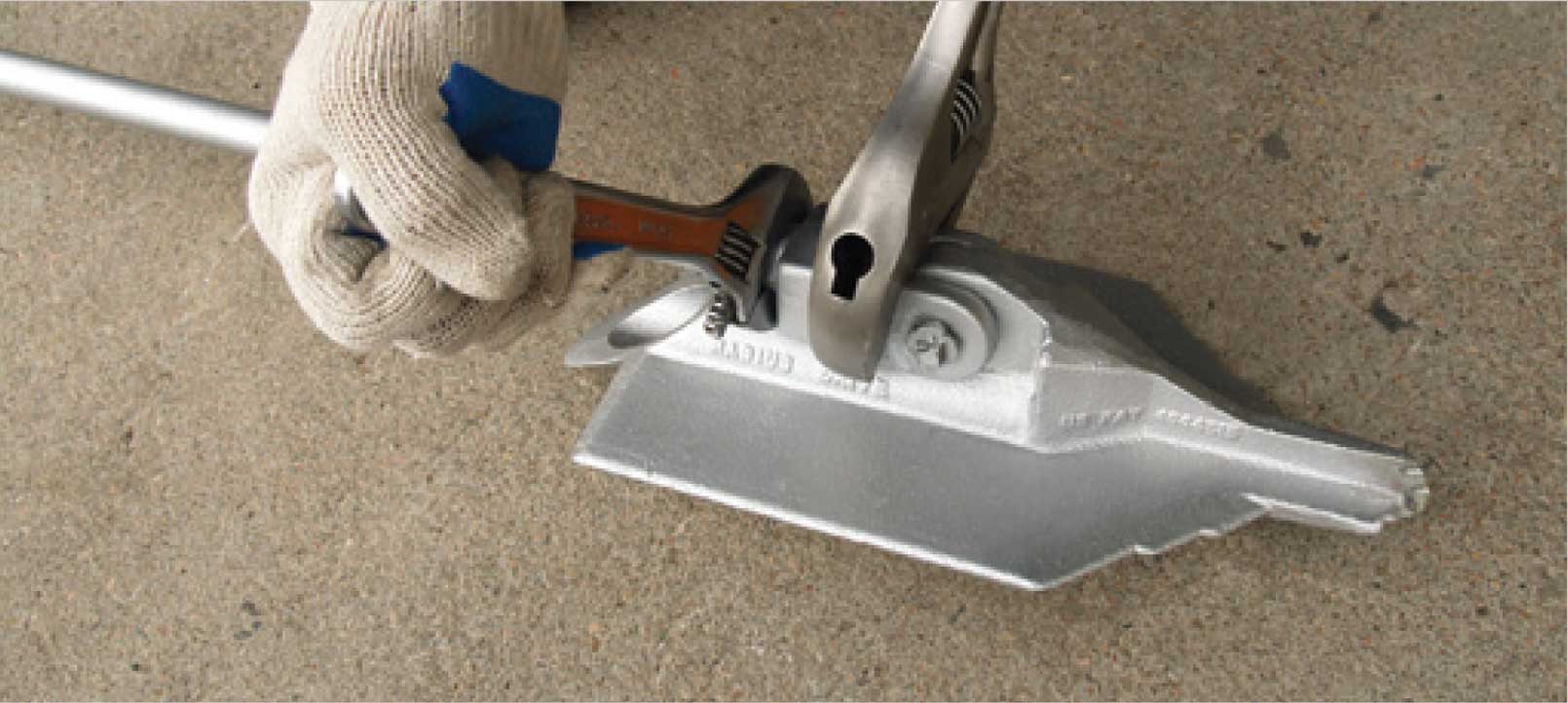Cost-efficient Solutions for Ground Security with Earth Anchor
Reliable Anchor Solutions Designed for Maximum Toughness
The design of effective support systems is crucial in making sure maximum strength and reliability across numerous applications, specifically in marine and civil design. As we explore the different kinds of support systems and the products that underpin their effectiveness, it becomes apparent that the future of securing technology might hold even higher innovations.
Value of Anchor Systems
Anchor systems play a vital role in numerous applications, from marine building to overseas exploration and also in the stability of structures on land. Their main function is to provide protected holding power, ensuring that structures continue to be steady and safe under different environmental problems. In marine atmospheres, supports are necessary for mooring vessels, stopping drift as a result of wind, currents, or waves. Without reliable anchoring, ships might be at risk of accident or grounding, leading to substantial economic and ecological effects.
In addition to marine applications, support systems are vital in civil engineering, specifically in the building and construction of preserving wall surfaces, bridges, and structures in geologically challenging locations. These systems help disperse lots successfully, neutralizing pressures such as dirt pressure and seismic task. The value of anchor systems reaches the eco-friendly energy sector, where they secure wind turbines and overseas systems, adding to the stability and efficiency of power generation.
Eventually, the efficiency of a support system is basic to the security, durability, and functionality of different frameworks, making their layout and application an important part in design and construction methods throughout numerous sectors.
Ingenious Products in Support Layout

Modern advancements in materials science have actually considerably transformed anchor layout, enhancing efficiency and toughness. The unification of high-strength alloys and composite products has actually led to anchors that can withstand severe ecological conditions while maintaining architectural stability. These innovative products not only supply premium tensile stamina yet likewise lower weight, enhancing convenience of installment and handling.
One remarkable advancement is making use of carbon fiber enhanced polymers (CFRP), which provide exceptional deterioration resistance and high strength-to-weight ratios. This enables for the style of anchors that are both exceptionally durable and light-weight, making them suitable for marine applications where direct exposure to deep sea can bring about product deterioration.
Furthermore, improvements in coverings-- such as innovative epoxy and galvanization-- additional protect steel supports from deterioration, extending their life span. These coverings can be tailored to satisfy particular ecological difficulties, making certain that supports carry out reliably also in extreme problems.
Moreover, the integration of clever products, which can adapt to transforming lots and ecological aspects, is leading the way for future anchor layouts. These growths highlight a pattern towards higher effectiveness and integrity in securing solutions, eventually boosting security throughout numerous applications.
Sorts Of Efficient Anchor Solutions
Efficient anchoring solutions are important for ensuring stability and security in numerous applications, from building to marine procedures. A number of sorts of efficient support systems stick out for their performance and flexibility to various settings.
One popular kind is the screw support, which utilizes a helical layout to offer premium holding power in dirt and soft ground. These supports are especially helpful in short-term structures and can be easily eliminated and recycled.
One more extensively used system is the driven pile support, typically used in aquatic and hefty building and construction tasks. These anchors are driven deep into the ground, offering exceptional resistance to lateral pressures, making them ideal for supporting large frameworks.
For aquatic applications, the mooring buoy anchor system is necessary. This system consists Extra resources of resilient devices attached to supports on the seabed, enabling vessels to remain secure while reducing drag from winds and currents.
Finally, the deadweight anchor system relies upon heavy weights to offer stability and is generally utilized in offshore installments. Each kind of anchor system is created to meet specific needs, guaranteeing the security and stability of structures and vessels in different conditions.
Safety Standards and Laws
Ensuring the safety and security and reliability of anchoring systems involves adherence to rigorous security requirements and policies. These criteria are established by numerous organizations, including the American Culture for Testing and Materials (ASTM), the International Company for Standardization (ISO), and regional building regulations. Conformity with these laws is crucial to guarantee that anchoring systems can hold up against ecological tensions and lots, reducing the threat of failing.
Testing and accreditation processes are basic parts of safety and security criteria. Anchoring systems must go through rigorous analyses, including tensile stamina examinations, fatigue tests, and ecological effect analyses. These tests assist identify the systems' performance under real-world conditions, guaranteeing they meet or exceed the required safety limits.
Moreover, makers are required to provide in-depth specs and instructions for installment and upkeep, which are integral to maintaining safety requirements. Regular inspection and upkeep methods should also be established to determine potential weak points in time.
Future Fads in Support Innovation
The future of support technology is positioned for substantial improvements, driven by the increasing need for enhanced safety and security and performance in construction and design applications. Advancements are expected in materials, style, and installation techniques, which will improve the strength and longevity of anchor systems.
One arising trend is the assimilation of smart innovation right into support get redirected here systems. Earth Anchor. By including sensors, these systems can monitor stress and anxiety, tons, and environmental problems in real-time, allowing for proactive maintenance and boosted reliability. Furthermore, improvements in composite products may bring about lighter, yet stronger anchors that can hold up against extreme conditions, reducing the total weight of structures


Additionally, modular anchor systems are acquiring traction, permitting much easier installment and adaptability to numerous task requirements. Earth Anchor. As the market accepts automation, robotic setup techniques can better enhance the anchoring process, boosting performance and precision
Conclusion
Finally, effective anchor systems play an important duty in guaranteeing the security and security of aquatic and civil design jobs. The consolidation of innovative products and progressed layouts significantly enhances holding power and resistance read this post here to numerous environmental obstacles. Adherence to security standards and guidelines better highlights the relevance of dependability in support systems. As innovation remains to advance, future trends are expected to concentrate on clever monitoring options and lasting materials, paving the method for boosted efficiency and durability.
The layout of reliable anchor systems is important in guaranteeing maximum strength and integrity across numerous applications, especially in civil and marine design. As we explore the different kinds of anchor systems and the materials that underpin their effectiveness, it becomes obvious that the future of securing innovation might hold even higher improvements.Ensuring the safety and dependability of securing systems entails adherence to rigid safety standards and laws.In conclusion, efficient support systems play an important role in ensuring the stability and safety of aquatic and civil design tasks. Adherence to safety standards and laws further highlights the importance of integrity in support systems.